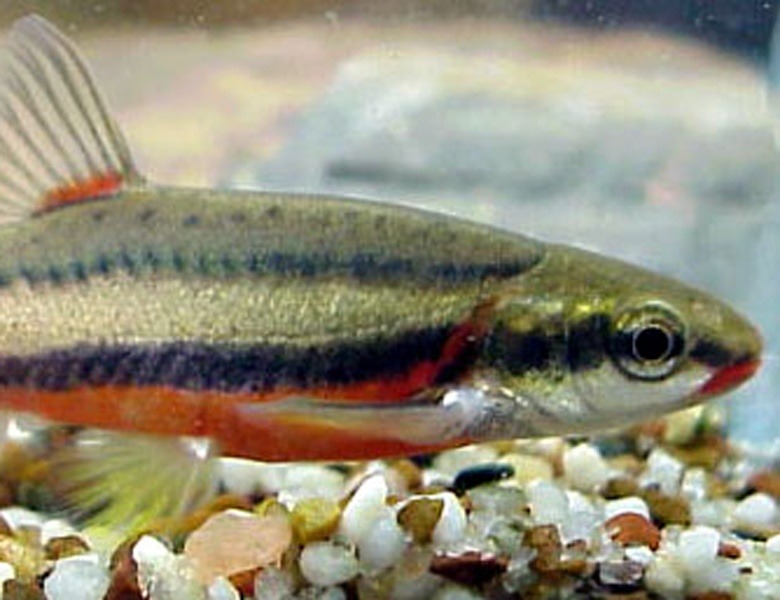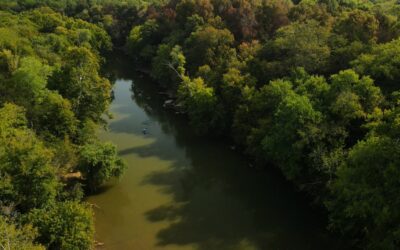The laurel dace (Chrosomus saylori) is an endangered and rare freshwater minnow native to Tennessee.
This fish was first collected by Tennessee Valley Authority ichthyologist Charles Saylor in 1976. It went unnoticed for years due to its similar appearance to nonbreeding individuals of the southern redbelly dace (Chrosomus erythrogaster).
Saylor donated his specimens to the University of Tennessee’s Research Collection of Fishes in 1990. In 2001 the laurel dace was recognized as its own species.
Unique to Tennessee
Laurel dace have historically been known to be found in a limited number of streams on the Cumberland Plateau. This makes it incredibly rare and unique to Tennessee.
Over the decades, poor habitat management and natural events such as drought have slowly dwindled the streams the fish can thrive in.
In 2011, the minnow was federally listed as endangered.
Currently, there is not adequate funding for the management of nongame species—such as the laurel dace—in Tennessee. This makes it difficult to plan and implement long-term conservation work needed to improve wildlife populations.
With the cost to taxpayers averaging $19 million to develop a single recovery plan for any species listed as threatened or endangered, it makes strong financial sense that these funds be made available to prevent and stop the decline of these critical species. This will allow action to be taken before populations shrink and more drastic steps are needed.
Some Good News
But, January 2022 brought some good news. Recovering America’s Wildlife Act gained traction in Congress.
If passed, Tennessee will receive an estimated $25.6 million to work on projects and research to support the more than 1,400 plant and animal species that are identified in the State Wildlife Action Plan as being in greatest need of conservation.
This includes the laurel dace.
Photo credit: J.R. Shute, Conservation Fisheries




